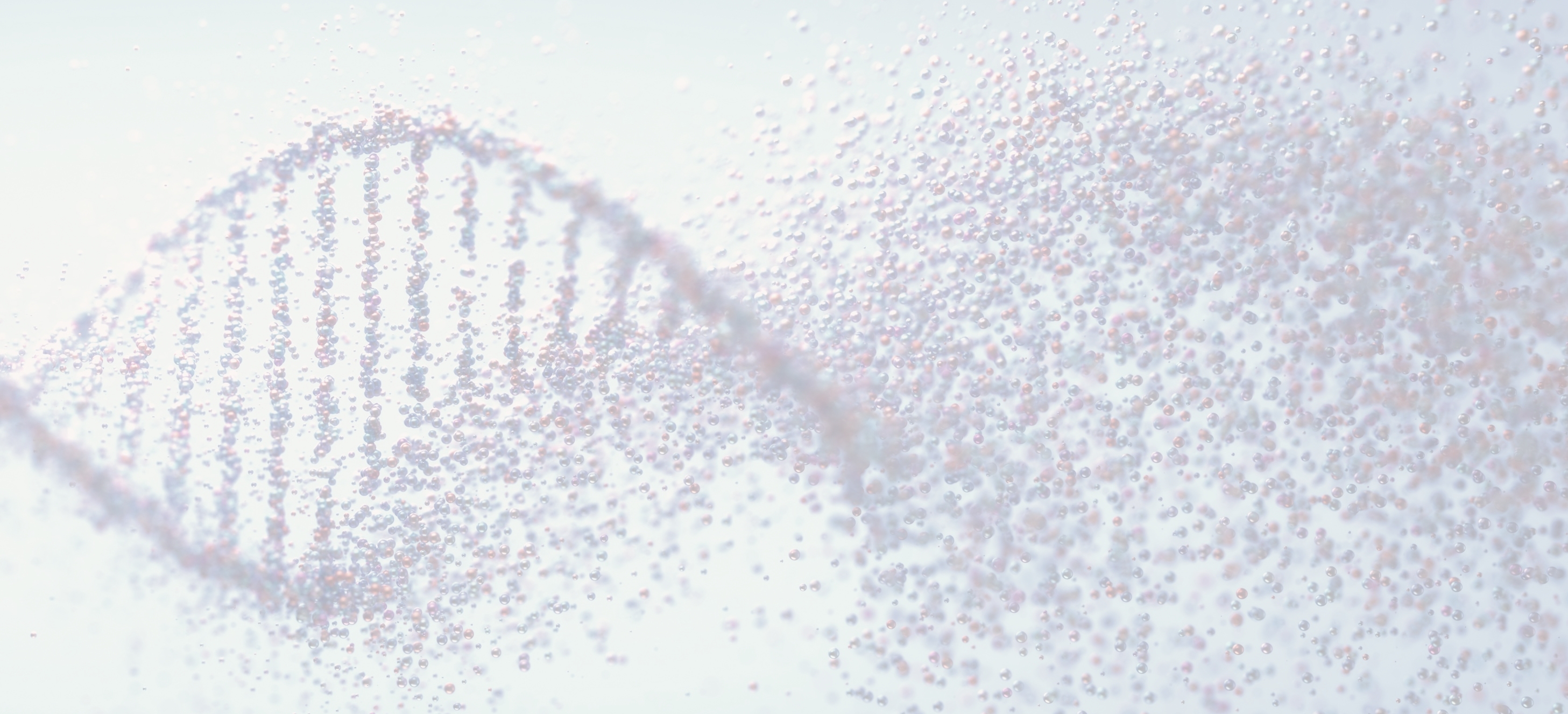NANEMIAR brings the following story from our French partner
In this Sixth interview, Dr. Román Martí Díaz, a postdoctoral researcher at CNRS working on the NANEMIAR Project, explains to us how he contributes to NANEMIAR.
Hello, Dr. Martí Díaz. Thank you for joining us. What is your role in the NANEMIAR project and how do you contribute to its development?
"In NANEMIAR, I work as a postdoctoral researcher at the Centre National de la Recherche Scientifique (CNRS), where I primarily contribute to the evaluation of in vivo assays that will validate the efficacy and safety of the mRNA-based therapy. My previous experience with murine models is key to coordinating these experiments and ensuring that the preclinical results are robust and reproducible."
What makes NANEMIAR innovative compared to current therapies for congenital anemia?
"Most current treatments for rare anemias, such as β-thalassemia, rely on transfusions or pharmacological therapies that often have significant side effects. NANEMIAR proposes an mRNA-based therapy targeted to the bone marrow, which does not integrate into the DNA and is delivered via lipid nanoparticles. This approach enables controlled and safe expression of the essential genes, which are necessary for red blood cell maturation, aiming to correct the disease at its cellular origin."
What is the role of animal models in the project, and how does your expertise contribute?
"Animal models are a cornerstone of the project. At CNRS, we are developing a murine model that mimics key features of human β-thalassemia. This model allows us to assess whether NANEMIAR's mRNA therapy can restore erythropoiesis in a whole organism, rather than in isolated cells alone. I've been working with animal models for over 4 years now, so I am able to design in vivo studies with both technical and ethical rigor, applying protocols that maximize the data obtained while minimizing the number of animals used."
Why is it crucial to have a well-characterized animal model for a project like NANEMIAR?
"A well-characterized animal model is the bridge between basic science and clinical application. NANEMIAR project enables us to evaluate not only whether the therapy works at the molecular level but also how the body responds as a whole—looking at blood parameters, immune responses, and long-term effects. Without a reliable model that accurately mimics the human disease, we could not confidently progress towards clinical trials."
What motivated you to join the NANEMIAR team and what do you hope to learn?
"I was motivated by the opportunity to work on an international project that integrates molecular biology, translational medicine, and nanotechnology, all focused on solving a real clinical problem. I hope to broaden my experience in mRNA-based therapies and to actively engage in the interface between basic and applied research, with the ultimate goal of translating laboratory findings into concrete treatments for patients."
Source of information: NANEMIAR project


